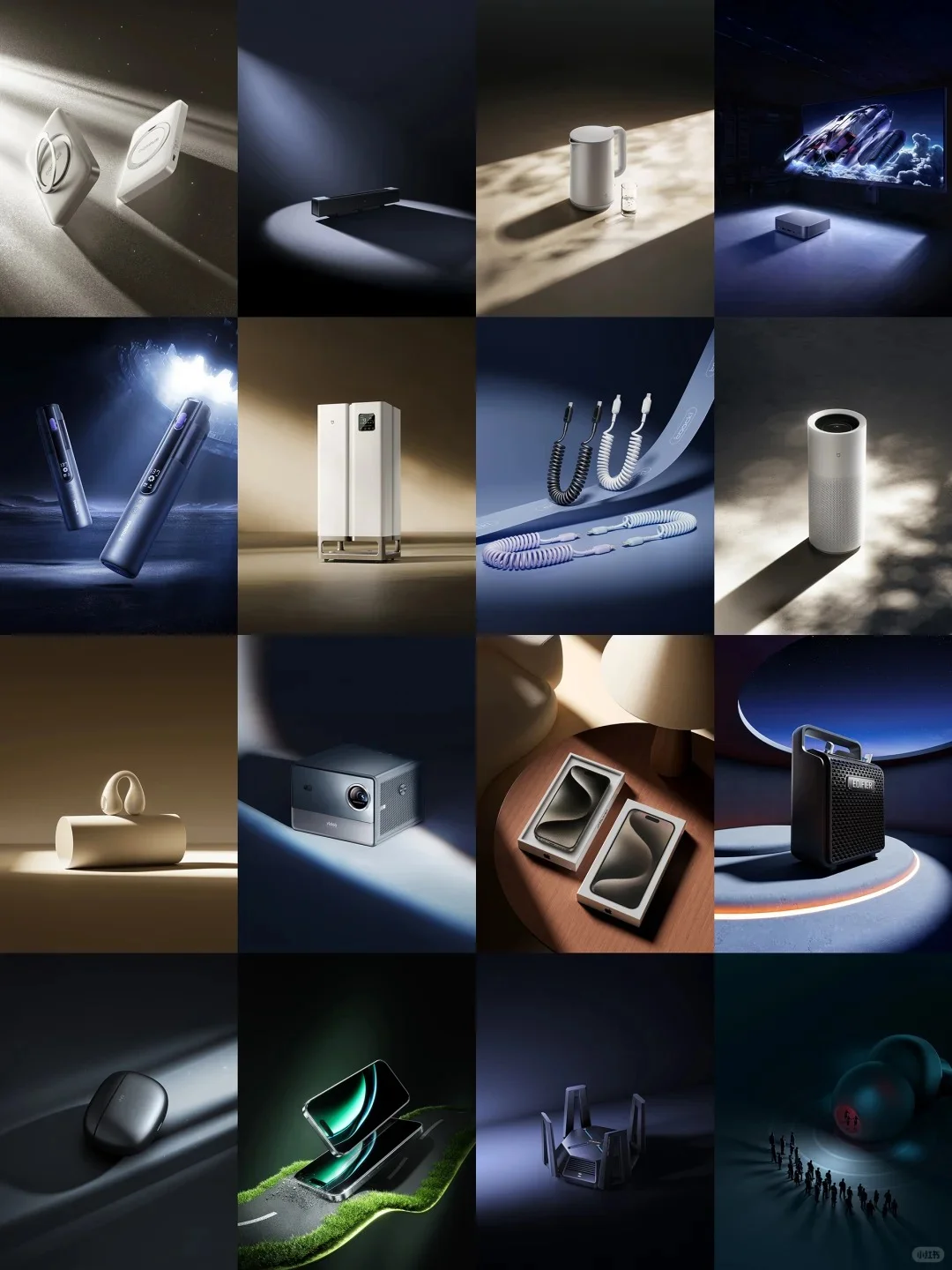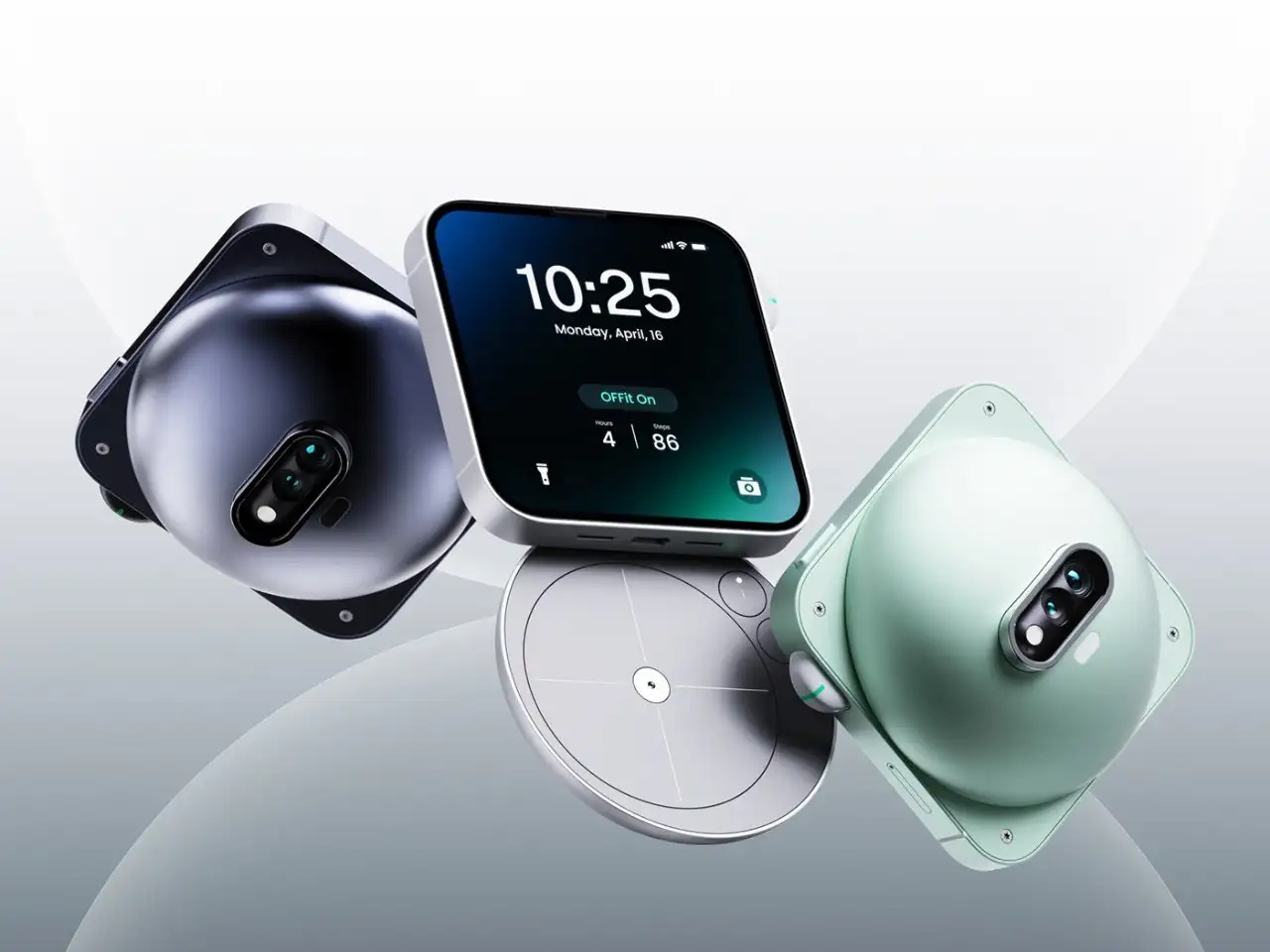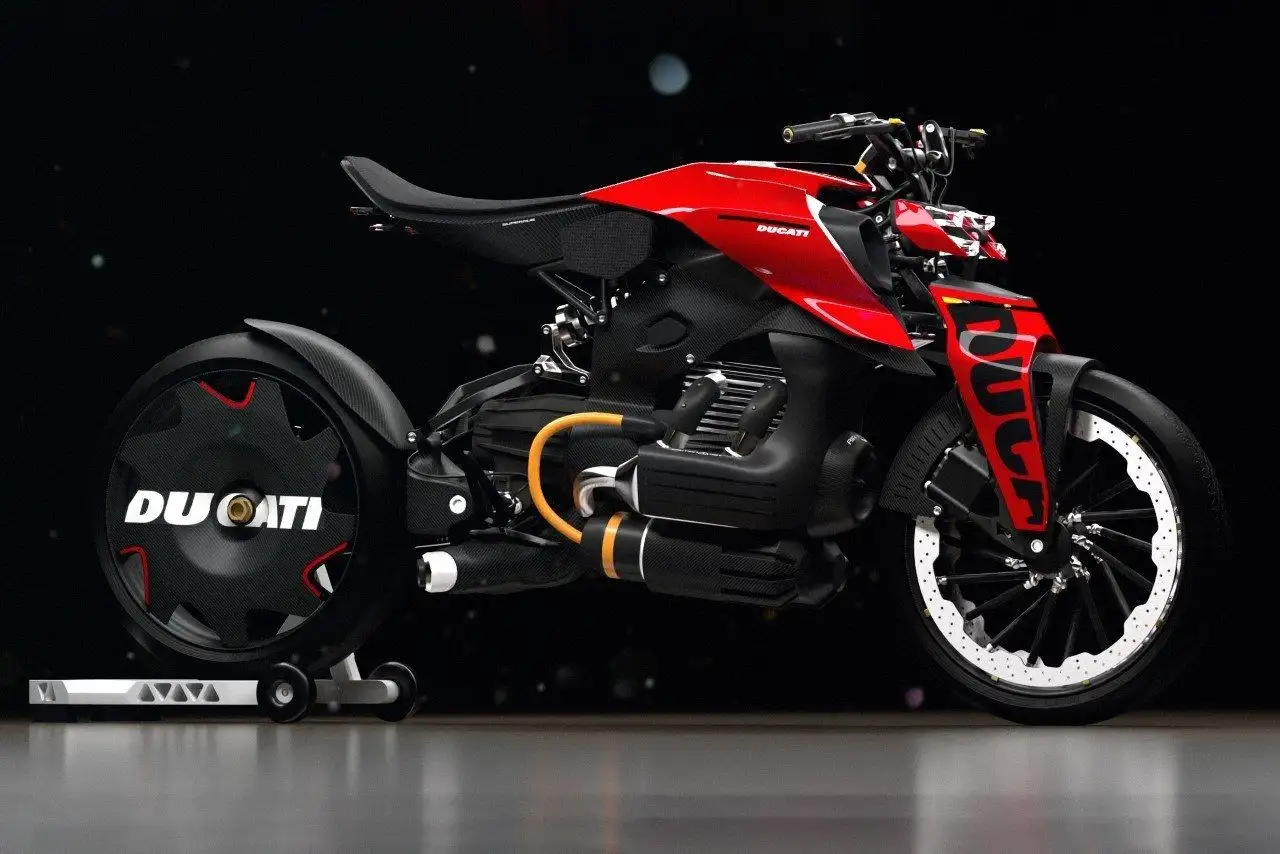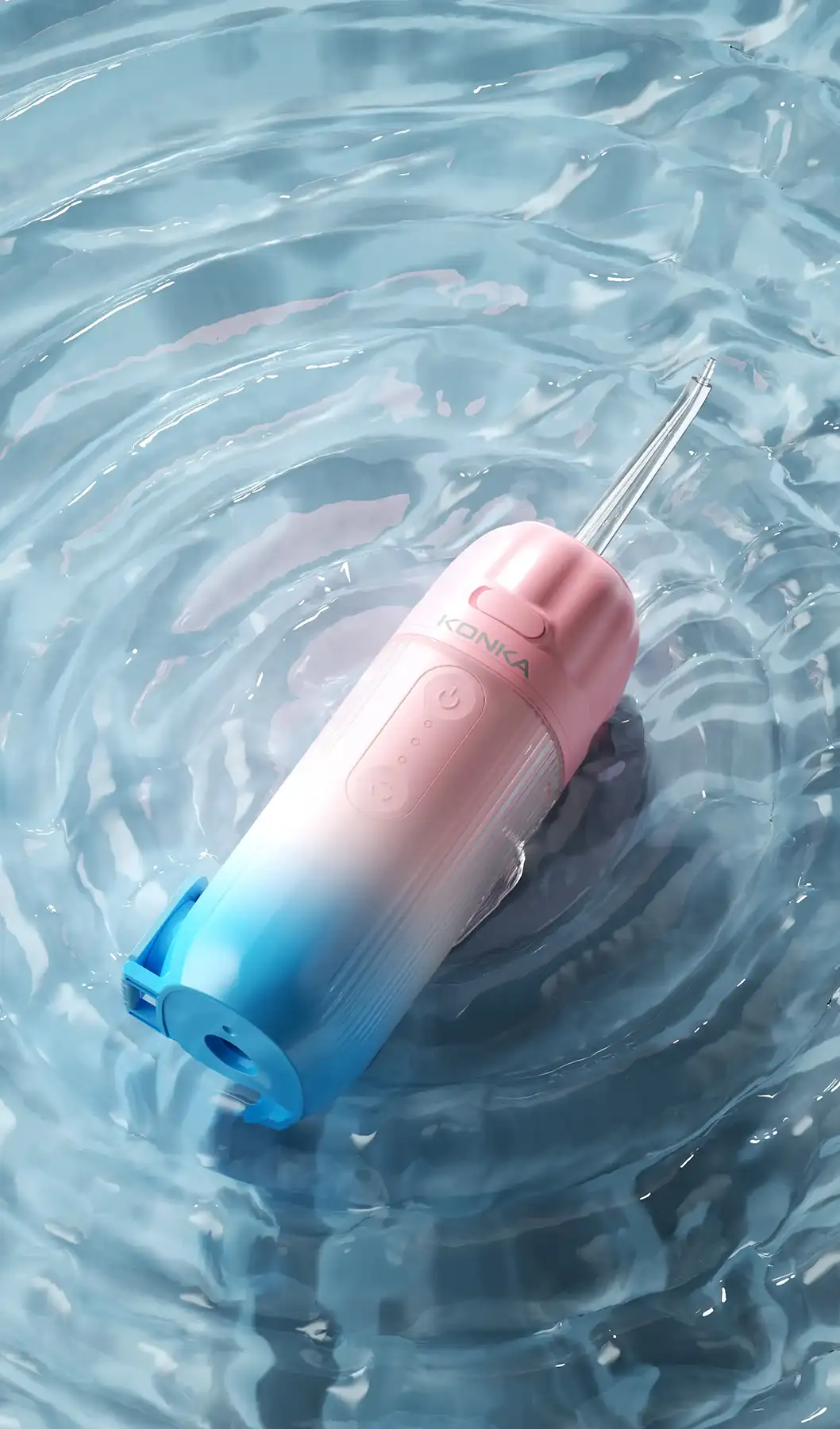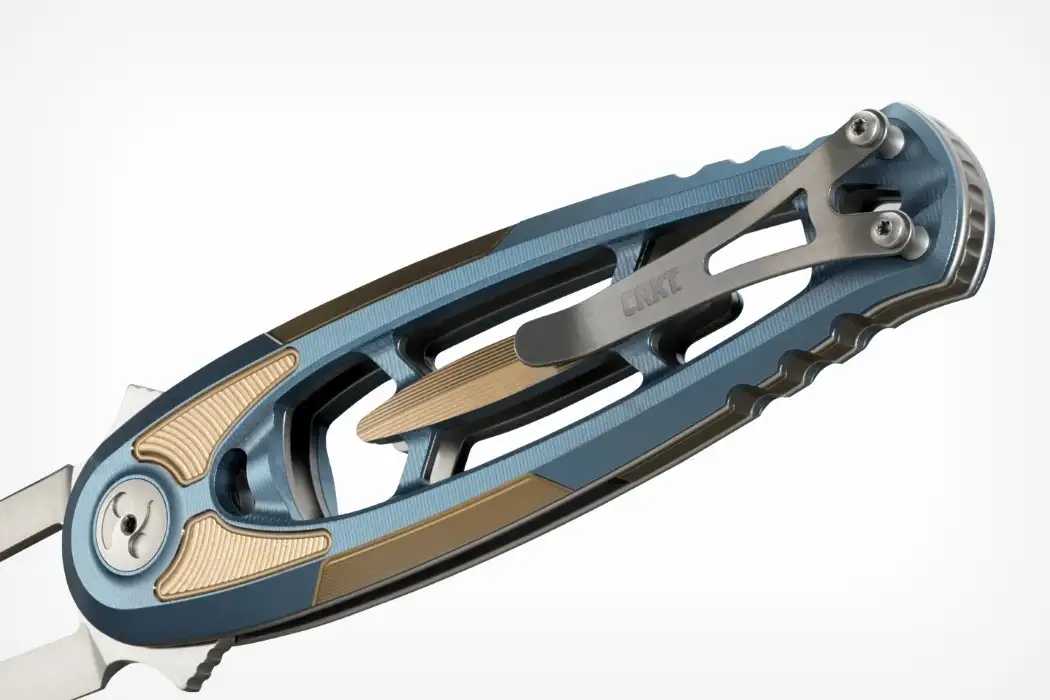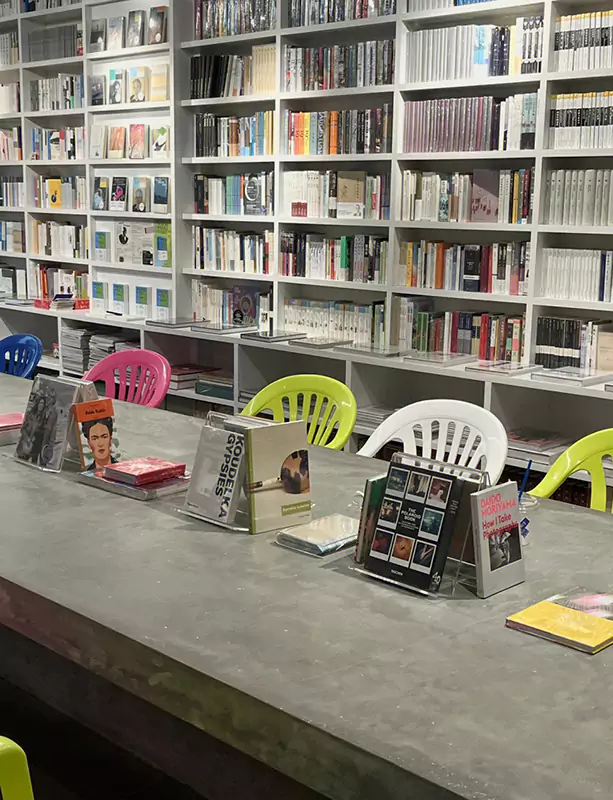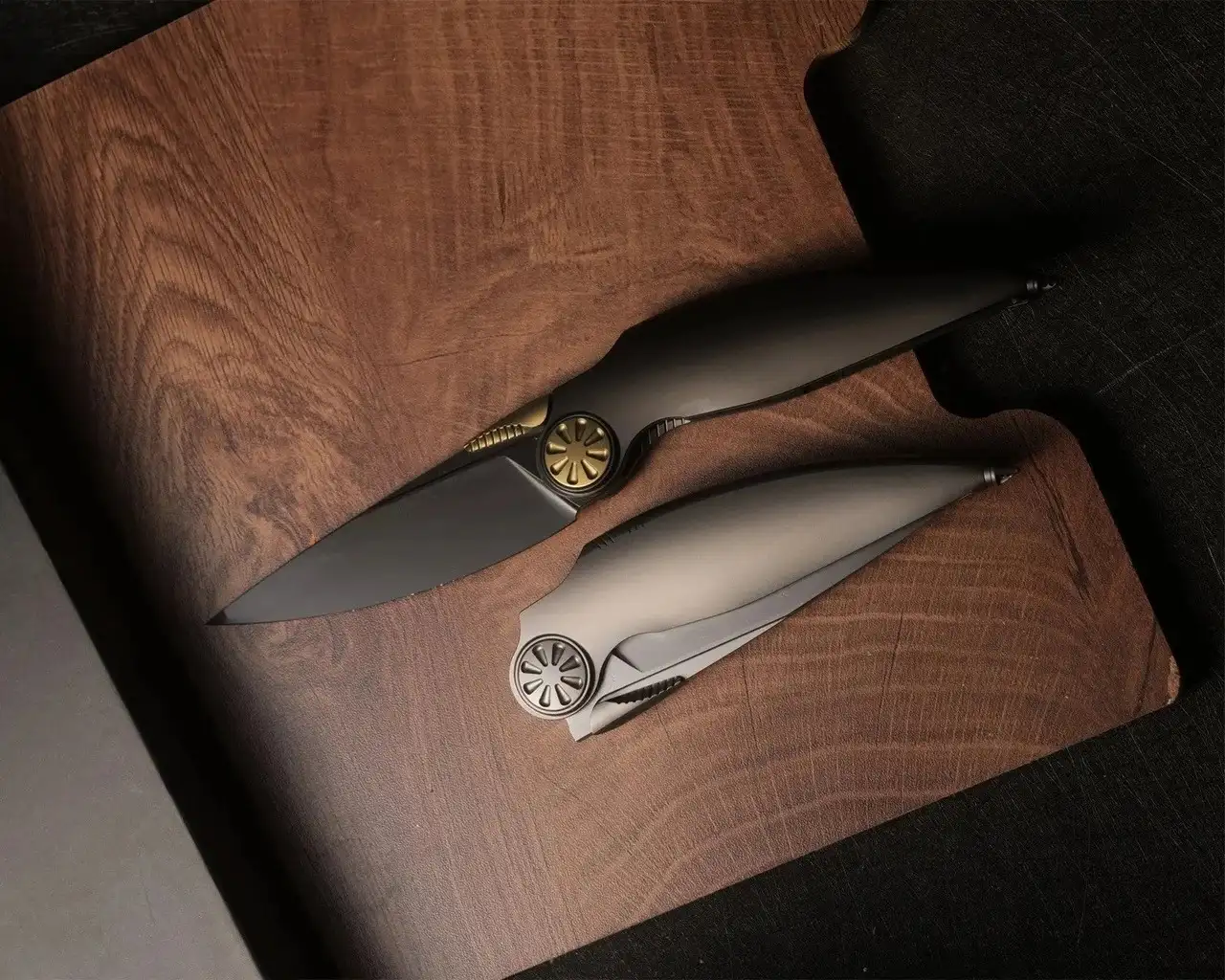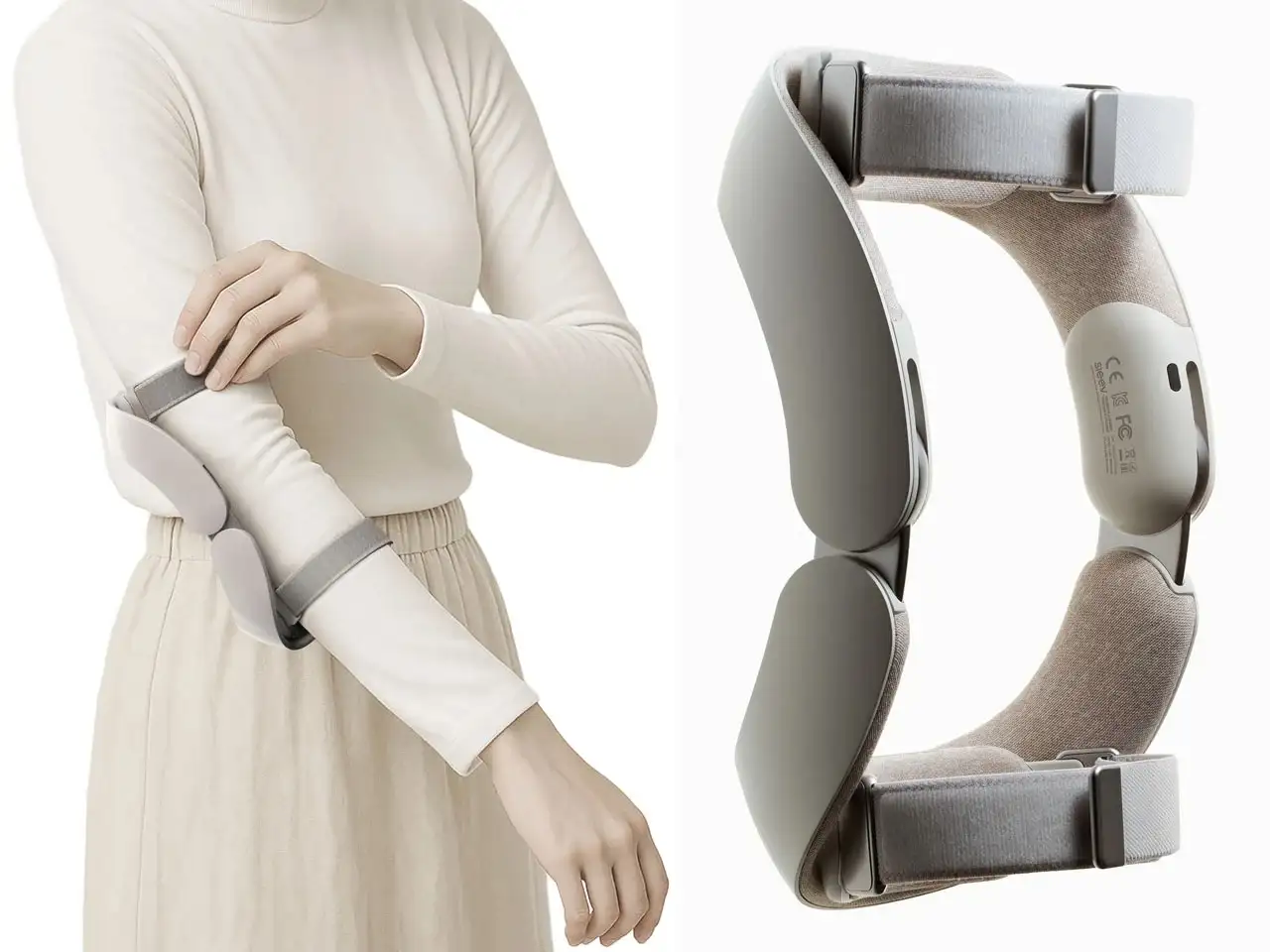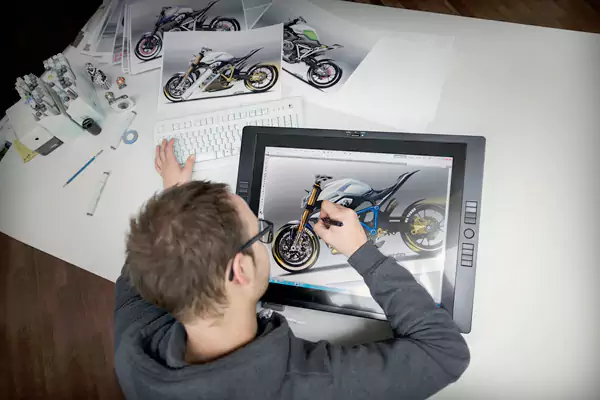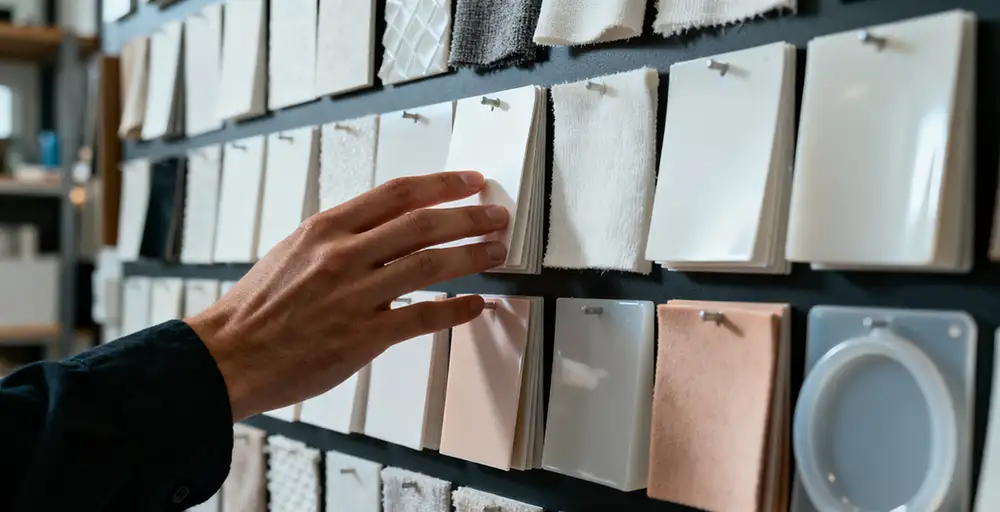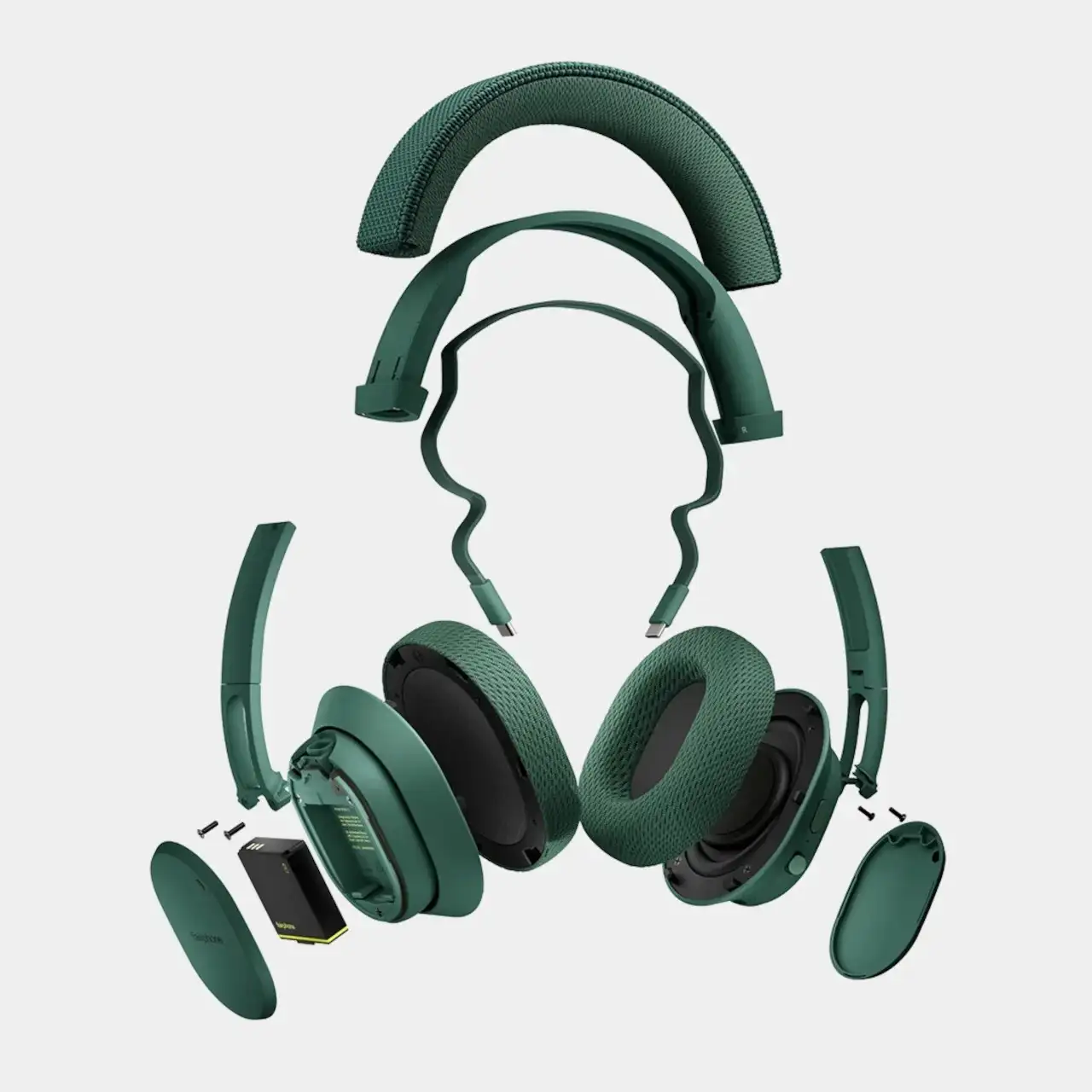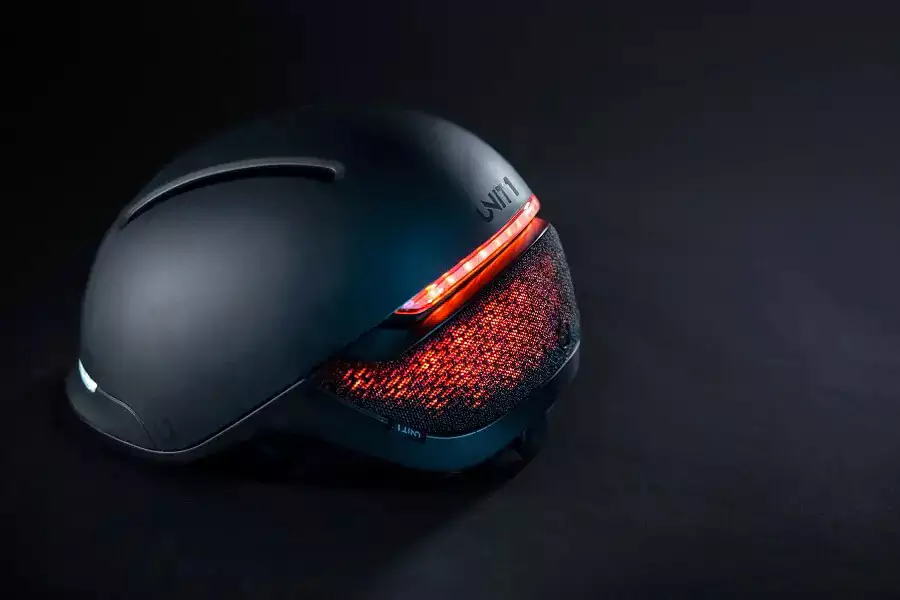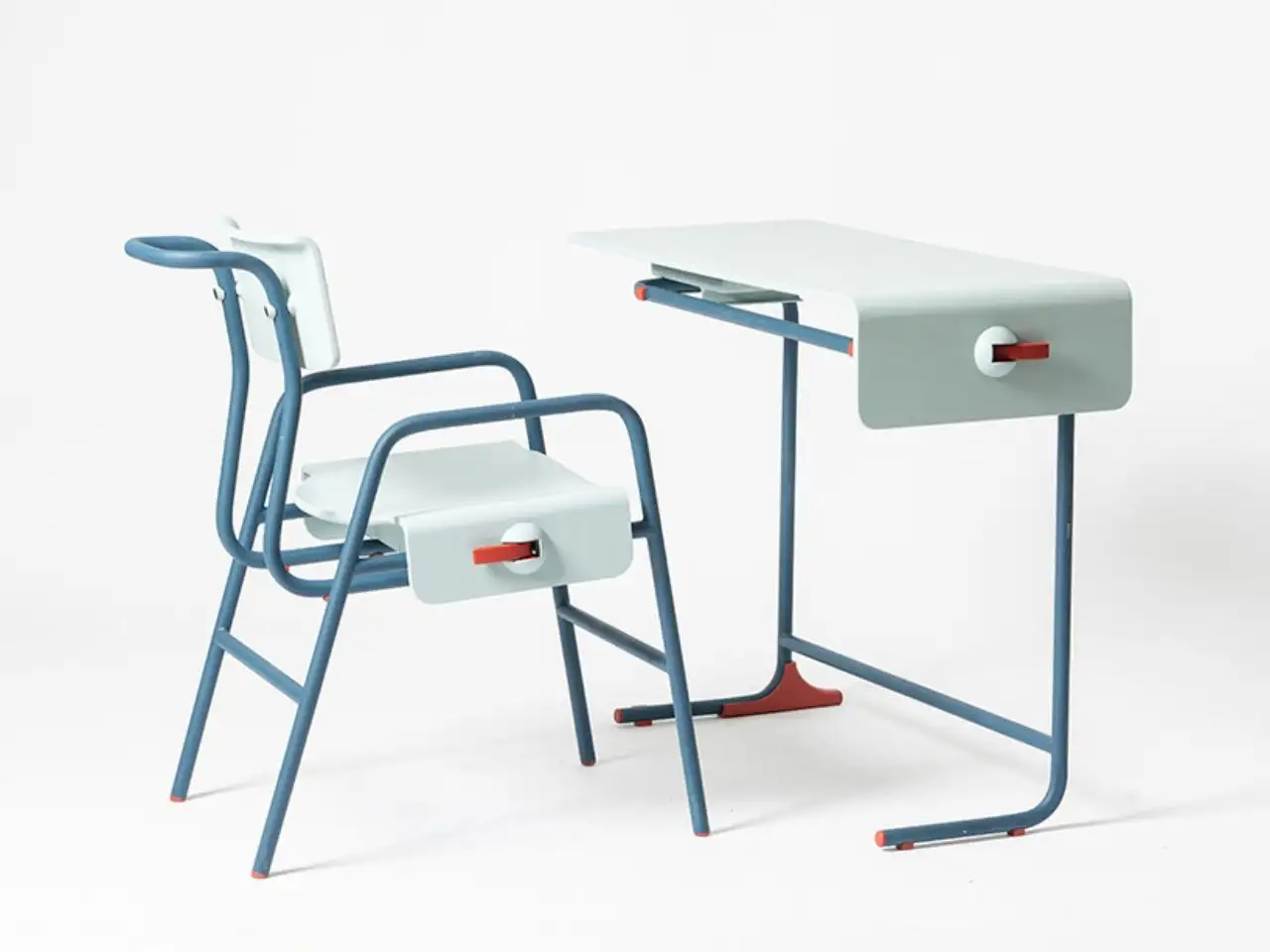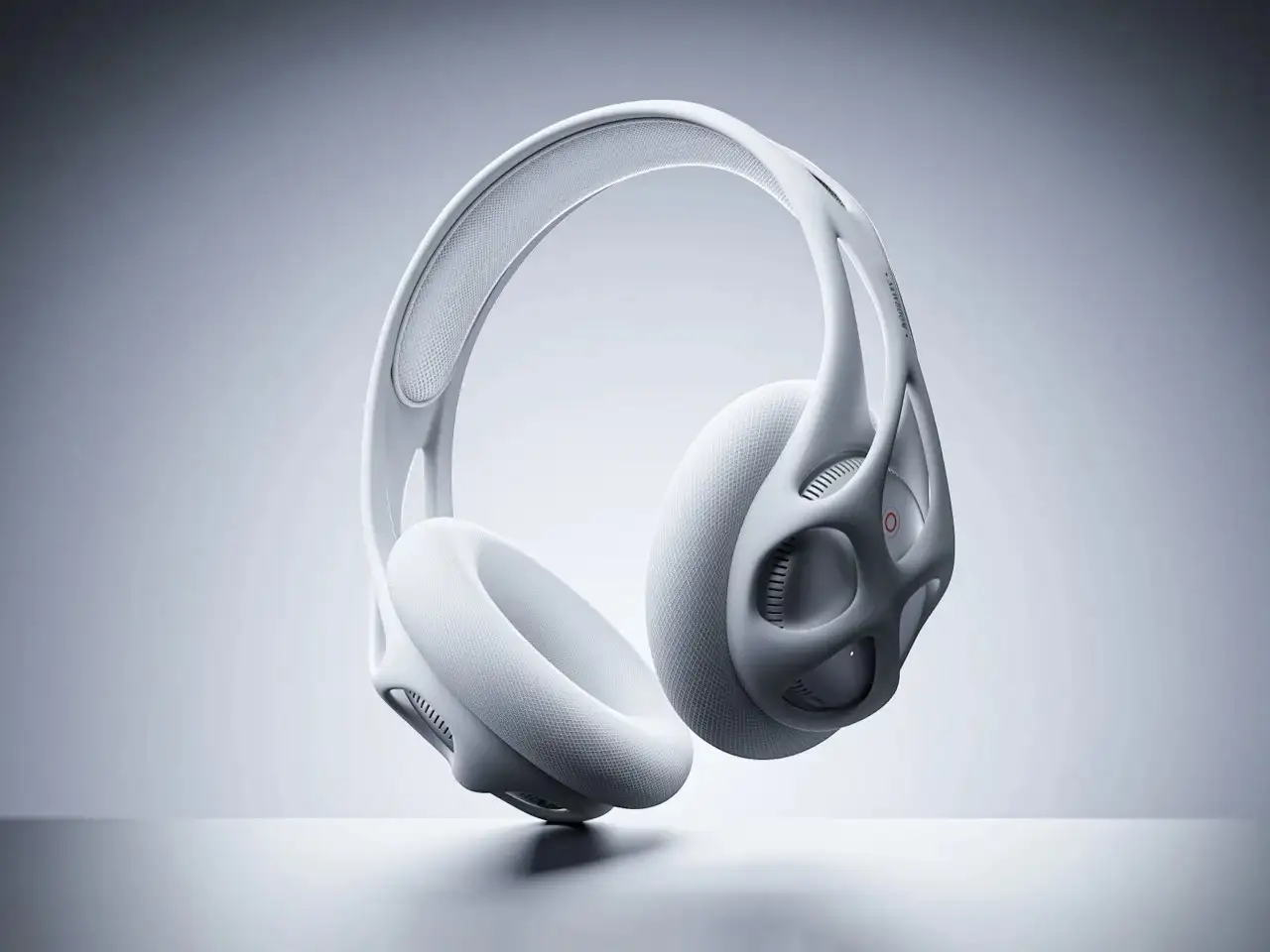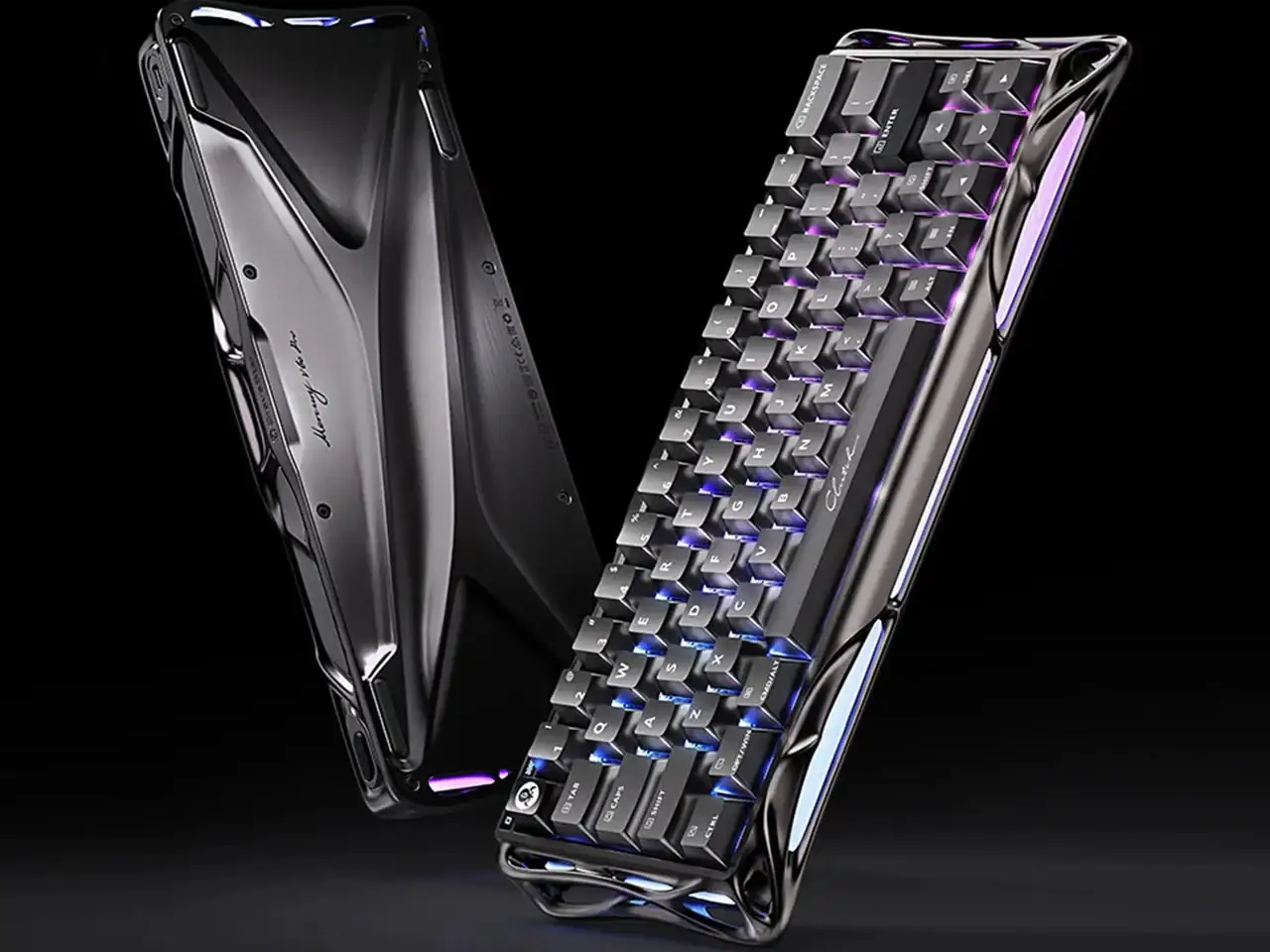NINEIDEA:工业设计毕业生可从事外观 / 结构设计、UX 交互、CMF、服务设计等核心岗位,或转向设计管理、教育、创业等跨领域方向,亦可深造读研或出国,关键在于结合个人优势锚定细分赛道(如智能硬件、适老化产品、可持续设计),强化 “设计思维 + 技术落地” 复合能力。
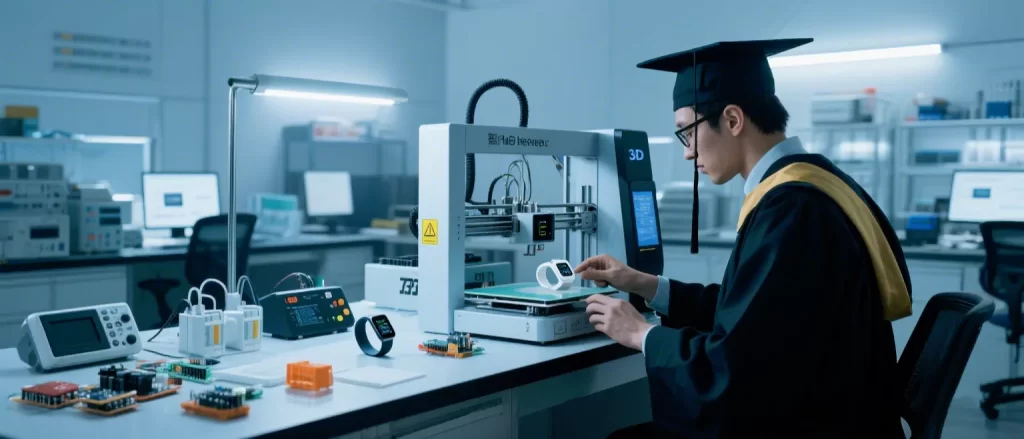
传统产品设计领域(核心赛道)
外观 / 造型设计师
核心职责:主导产品视觉语言设计,输出草图、效果图、3D 建模(Rhino/SolidWorks/Keyshot),对接结构与 CMF 团队
行业分布:消费电子(手机 / 智能穿戴)、家居家电、交通工具(汽车 / 电动车配件)、文创产品等
能力要求:审美敏感度、手绘表达、品牌设计思维,熟悉材料工艺(如金属成型、表面处理)
趋势:智能化产品(如 AI 家电、物联网设备)设计需求激增,需融入极简主义与情感化设计元素
结构设计师 / CMF 设计师
结构岗:拆解外观设计可行性,优化产品内部架构(螺丝布局、卡扣设计),对接模具厂,常用 Creo/UG
CMF 岗:负责材料(金属 / 塑料 / 木纹)、表面处理(阳极氧化 / 喷涂)、色彩搭配,需懂 Pantone 体系与市场流行趋势
优势:技术型岗位,薪资稳定,适合逻辑严谨、对工程落地感兴趣的学生
垂直领域细分设计
医疗设备设计:需学习人机工程学(如手术器械握感、康复辅具适配性),注重安全性与易用性
交通工具设计:汽车内饰(座椅 / 中控布局)、电动车外观,头部企业集中于长三角(上海 / 杭州)
婴童产品设计:关注儿童心理学与安全性(圆角设计、材料环保认证),近年母婴市场增长迅速
新兴交叉领域(高潜力赛道)
用户体验(UX)/ 交互设计师
职责升级:从 “产品外观” 转向 “用户全流程体验”,需掌握用户研究(访谈 / 问卷)、流程图(Figma)、原型开发(Axure)
行业适配:互联网大厂(阿里 / 腾讯)、智能硬件公司(小米 / 大疆),薪资上限高(初级岗 10-20k),但需补修 UI 设计、心理学知识
核心能力:故事板思维、数据驱动设计(如 A/B 测试分析),适合擅长跨学科沟通的学生
服务设计师
高阶设计:解决系统性问题(如医院就诊流程优化、共享出行服务链设计),需运用服务蓝图、利益相关者地图
就业场景:咨询公司(埃森哲 / IDEO)、政府设计项目(城市公共设施规划),目前国内岗位较少但增速快
可持续设计 / 绿色设计
全球趋势:欧盟 CE 认证、国内 “双碳” 政策推动,需掌握循环材料(再生塑料 / 生物降解材料)、模块化设计(易拆解回收)
典型岗位:企业 ESG(环境、社会、治理)设计专员,或加入可持续设计初创公司

跨领域延伸方向(跳出纯设计)
设计管理 / 项目统筹
职业路径:从设计师晋升为设计团队负责人,协调资源、把控项目周期(需学 PMBOK 项目管理体系)
适合人群:擅长沟通、具备商业思维(懂成本核算、市场竞品分析),目标进入中大型企业管理层
设计咨询 / 自由职业
独立接单:通过猪八戒网、站酷等平台承接中小品牌设计项目,需积累个人作品集与客户资源
咨询公司:如奥美设计、鼎典设计,服务多行业客户,适合喜欢挑战多样性项目的设计师
教育 / 知识分享
学术方向:考研读博后高校任教,或进入设计培训机构(如犀牛 / Keyshot 教学)
自媒体赛道:在 B 站 / 抖音分享设计教程、行业分析,需兼具专业能力与内容创作技巧
深造与转型选择
升学读研
国内方向:清美、江南大学(偏重理论研究)、广美(实践导向),研究课题如 “适老化产品设计”“智能穿戴人机工程”
出国选择:美国 ACCD(汽车设计顶尖)、英国 RCA(注重概念创新)、德国包豪斯(现代主义设计发源地),适合目标进入国际企业或学术领域的学生
跨界转型
产品经理(PM):工业设计背景懂用户与产品落地,转型互联网 PM 有优势,需补修数据分析(Excel/SQL)、商业模式画布
创业 / 品牌主理人:积累供应链资源后,创立自有品牌(如小众家居、设计师潮玩),需学习电商运营与品牌营销
竞争力提升建议
技能复合化
必学:基础编程(Python)、参数化设计(Grasshopper)、基础摄影(产品打光布景)
加分:懂一门第二外语、考取 PMP 项目管理证书
实战经验积累
参加红点 / IF 等国际设计赛事,入驻 Behance/Dribbble 展示作品集
争取头部企业实习(华为终端设计、鼎典设计岗等),积累真实项目流程经验
行业趋势预判
关注 “AI + 设计” 工具(Midjourney 生成草图、Stable Diffusion 辅助创意),转型 “AI 设计策略师”
深耕细分领域(如宠物智能设备、银发经济适老化产品),避免同质化竞争
选择逻辑
技术型人才:深耕结构 / CMF 设计,或转型产品经理(重落地)
创意型人才:主攻外观设计、UX / 服务设计(重用户洞察)
综合型人才:走向设计管理、创业,或通过读研拓展学术 / 教育路径
工业设计毕业生的核心竞争力在于 “设计思维 + 落地能力” 的平衡,提前锚定细分赛道并针对性积累,才能在就业市场中脱颖而出。
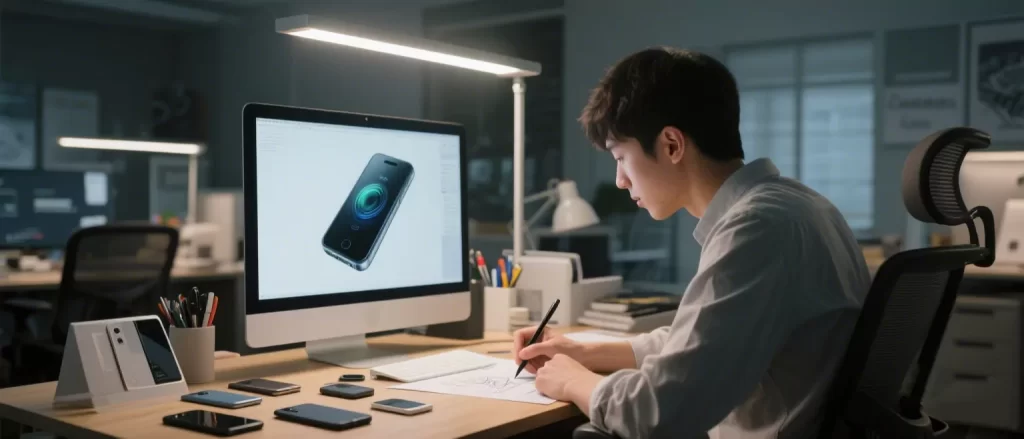
Core Development Direction of Industrial Design after Graduation (with Ability Matching and Industry Trend Analysis)
NINEIDEA: Industrial design graduates can work in exterior/structural design, UX interaction CMF、 Core positions such as service design, or transitioning to cross disciplinary directions such as design management, education, entrepreneurship, etc., can also be pursued for further studies or abroad. The key is to anchor segmented tracks (such as smart hardware, aging friendly products, sustainable design) based on personal strengths, and strengthen the composite ability of “design thinking+technology implementation”.
Traditional product design field (core track)
Appearance/Styling Designer
Core responsibilities: Lead product visual language design, output sketches, renderings, 3D modeling (Rhino/SolidWorks/Keyshot), and coordinate with the structure and CMF team.
Industry distribution: consumer electronics (mobile phones/smart wearables), home appliances, transportation (automotive/electric vehicle accessories), cultural and creative products, etc.
Ability requirements: Aesthetic sensitivity, hand drawn expression, brand design thinking, familiar with material technology (such as metal forming, surface treatment).
Trend: The demand for intelligent products (such as AI appliances and IoT devices) is increasing rapidly, requiring the integration of minimalism and emotional design elements.
Structural designer/CMF designer
Structural position: Disassemble the feasibility of exterior design, optimize the internal structure of the product (screw layout, buckle design), liaise with mold factories, commonly using Creo/UG.
CMF position: Responsible for materials (metal/plastic/wood grain), surface treatment (anodizing/spraying), color matching, and understanding Pantone system and market trends.
Advantages: Technical positions with stable salaries, suitable for students with rigorous logic and an interest in engineering implementation.
Vertical Domain Segmentation Design
Medical equipment design: It is necessary to learn ergonomics (such as surgical instrument grip and rehabilitation aid adaptability), and pay attention to safety and usability.
Transportation design: car interior (seat/center console layout), electric vehicle exterior, with leading companies concentrated in the Yangtze River Delta (Shanghai/Hangzhou).
Infant and Child Product Design: Focusing on child psychology and safety (rounded corner design, environmentally friendly material certification), the maternal and child market has grown rapidly in recent years.
Emerging interdisciplinary fields (high potential tracks)
User Experience (UX)/Interaction Designer
Responsibility upgrade: shifting from “product appearance” to “user experience throughout the entire process”, requiring mastery of user research (interviews/questionnaires), flowcharts (Figure), and prototype development (Axure).
Industry adaptation: Internet giants (Ali/Tencent), intelligent hardware companies (Xiaomi/Dajiang), with a high salary cap (10-20k for entry-level positions), but need to repair UI design and psychological knowledge.
Core competencies: Storyboard thinking, data-driven design (such as A/B test analysis), suitable for students who excel in interdisciplinary communication.
Service Designer
Advanced design: To solve systematic problems such as optimizing hospital treatment processes and designing shared travel service chains, it is necessary to use service blueprints and stakeholder maps.
Employment scenarios: consulting firms (Accenture/IDEO), government design projects (urban public facility planning). Currently, there are few job opportunities in China, but the growth rate is fast.
Sustainable Design/Green Design
Global trend: EU CE certification, domestic “dual carbon” policy promotion, need to master circular materials (recycled plastics/biodegradable materials) and modular design (easy disassembly and recycling).
Typical position: Corporate ESG (Environmental, Social, Governance) Design Specialist, or joining a sustainable design startup.
Cross disciplinary extension direction (beyond pure design)
Design Management/Project Coordination
Career path: Promoted from a designer to a design team leader, responsible for coordinating resources and controlling project cycles (requires learning PMBOK project management system).
Target audience: Skilled in communication, possessing business thinking (understanding cost accounting, market competitor analysis), aiming to enter the management level of medium and large enterprises.
Design consulting/freelance
Independent order taking: Undertaking design projects for small and medium-sized brands through platforms such as Zhu Bajie and Zhanku, requiring the accumulation of personal portfolio and customer resources.
Consulting firms such as Ogilvy Design and DESIGNDO serve clients from multiple industries and are suitable for designers who enjoy challenging diverse projects.
Education/Knowledge Sharing
Academic direction: After taking the postgraduate entrance examination and pursuing a doctoral degree, teach at a university or enter a design training institution (such as Rhinoceros/Keyshot teaching).
We media track: share design tutorials and industry analysis at station B/Tiktok, which requires both professional ability and content creation skills.
Further education and transformation choices
Further education and graduate studies
Domestic directions: Qingmei, Jiangnan University (with a focus on theoretical research), Guangmei (with a practical orientation), research topics such as “Aging friendly Product Design” and “Intelligent Wearable Human Machine Engineering”.
Study abroad options: ACCD in the United States (top automotive design), RCA in the United Kingdom (emphasis on conceptual innovation), Bauhaus in Germany (birthplace of modernist design), suitable for students aiming to enter international business or academic fields.
Cross border transformation
Product Manager (PM): With an industrial design background, I understand the user and product landing. The transformation of Internet PM has advantages, and data analysis (Excel/SQL) and business model canvas need to be repaired.
Entrepreneurs/Brand Managers: After accumulating supply chain resources, they need to learn e-commerce operations and brand marketing to establish their own brands (such as niche home furnishings and designer toys).
Suggestions for enhancing competitiveness
Skill compounding:
Must learn: Basic programming (Python), parametric design (Grasshopper), basic photography (product lighting and scenery).
Bonus points: Understanding a second foreign language , and obtaining a PMP project management certificate.
Accumulated practical experience:
Participate in international design competitions such as Red Dot/IF, and join Behance/Ribble to showcase their portfolio.
Strive for internships at top companies (Huawei Terminal Design, DESIGNDO Design) to accumulate real project process experience.
Industry Trend Prediction:
Pay attention to the “AI+Design” tools (Midjourney generates sketches, Stable Diffusion assists creativity) and transform into an “AI Design Strategist”.
Deeply cultivate segmented fields (such as pet smart devices, silver hair economy aging products) to avoid homogeneous competition.
select logic
Technical talents: deeply involved in structural/CMF design, or transformed into product managers (heavy landing).
Creative talents: specializing in exterior design, UX/service design (emphasizing user insights).
Comprehensive talents: move towards design management, entrepreneurship, or expand academic/educational paths through postgraduate studies.
The core competitiveness of industrial design graduates lies in the balance of “design thinking+practical ability”, anchoring the segmented track in advance and accumulating targeted knowledge, in order to stand out in the job market.










